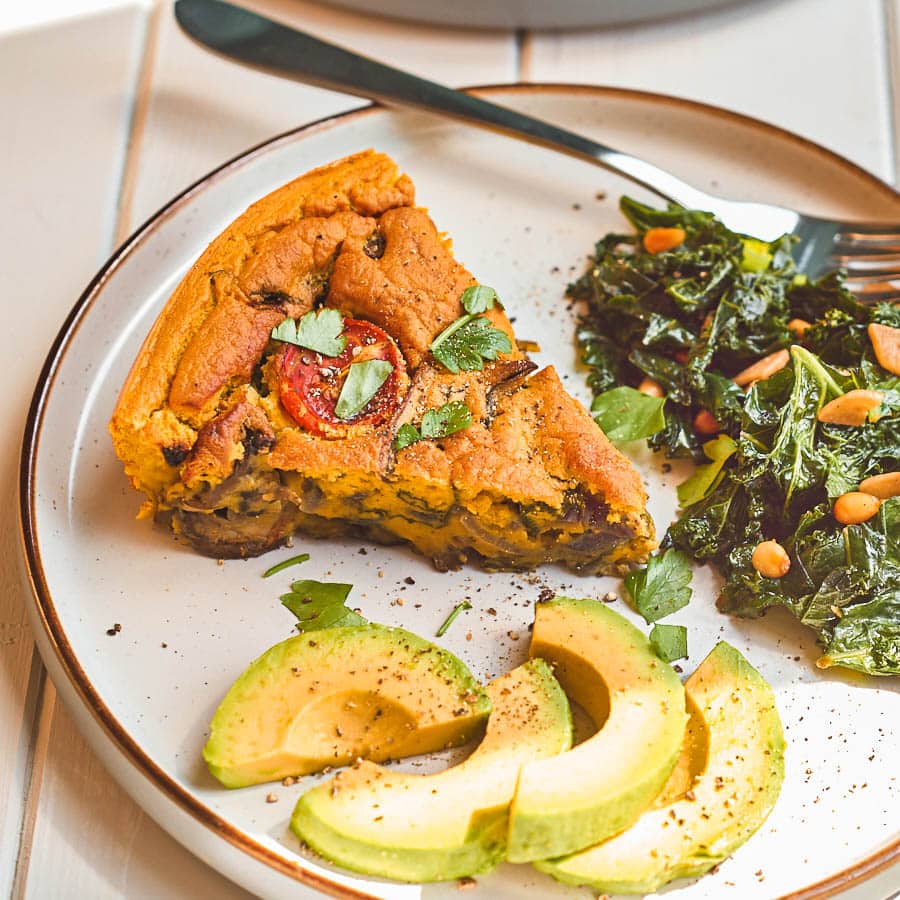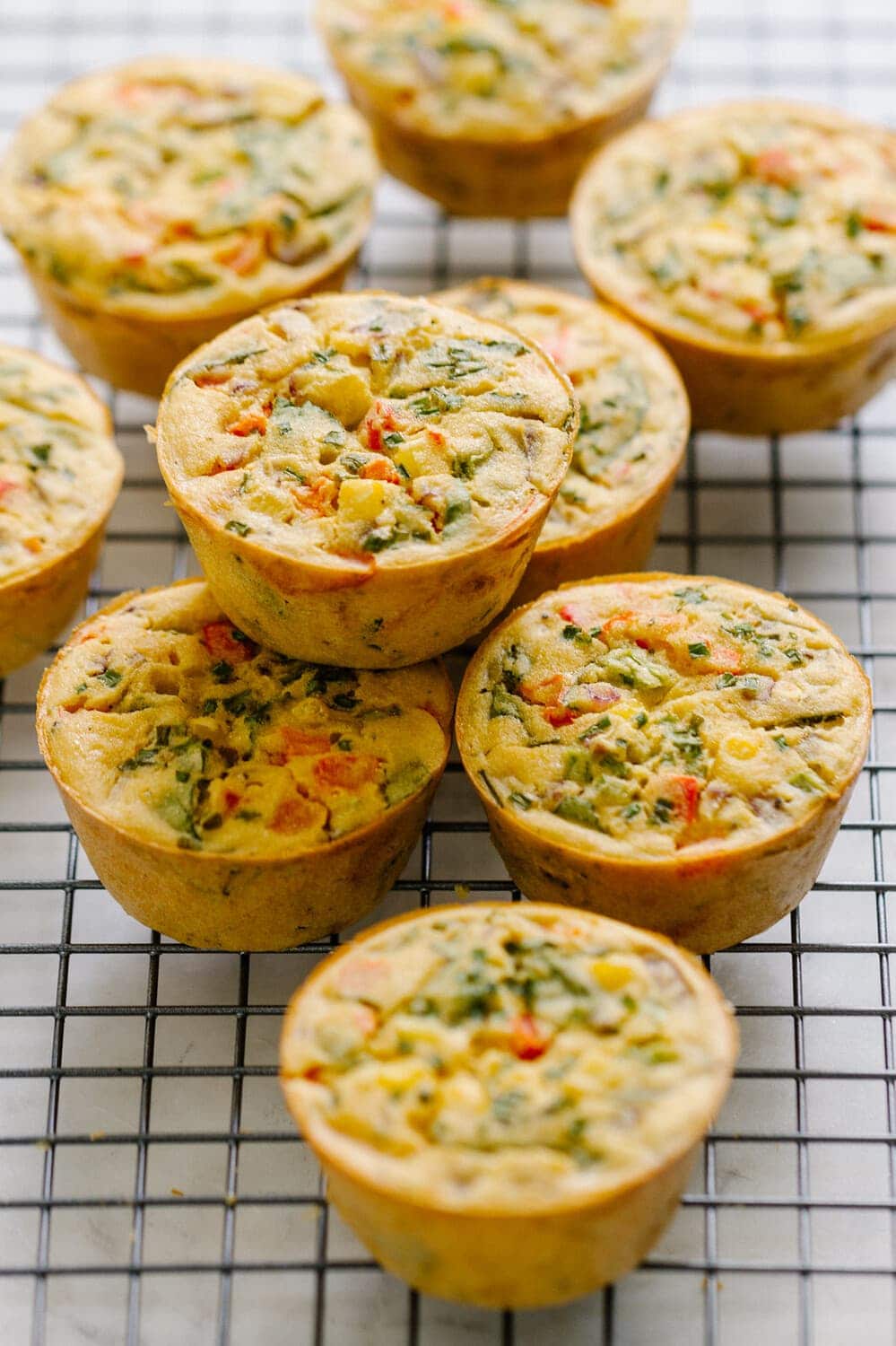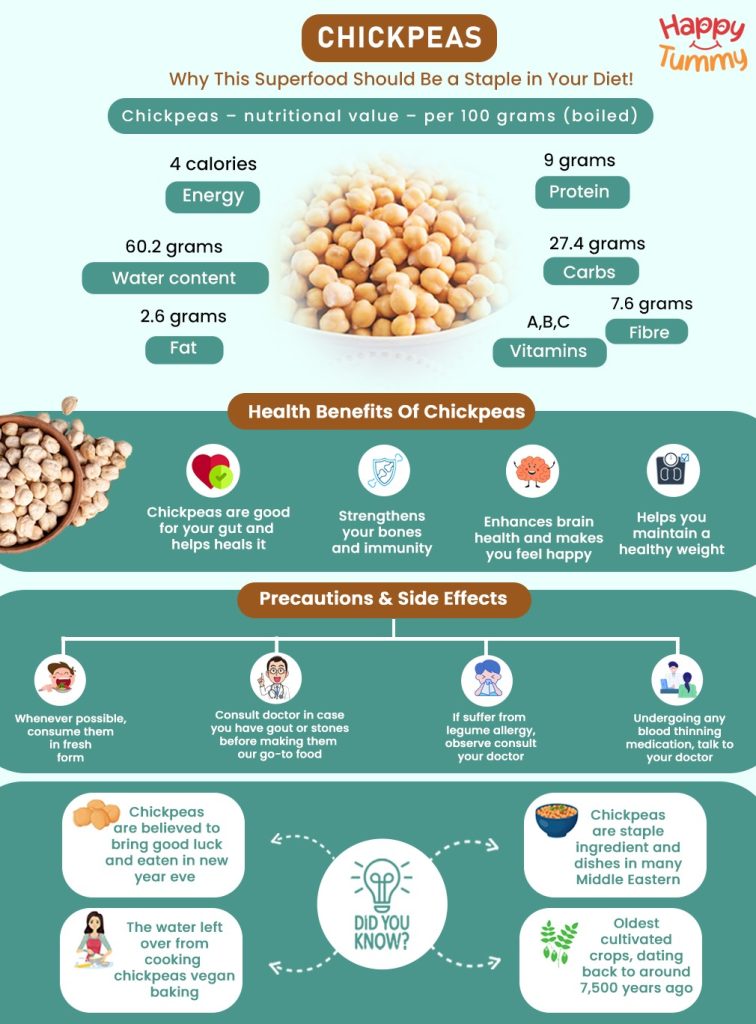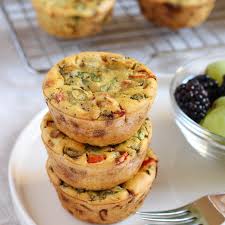
A vibrant vegan chickpea frittata loaded with fresh vegetables, perfect for a healthy breakfast.
Introduction to Vegan Chickpea Frittata
Chickpea Frittata the ever-evolving world of plant-based cuisine, few dishes capture the essence of innovation and tradition quite like the vegan chickpea frittata. This egg-free marvel transforms the classic Italian frittata—typically an egg-based omelet loaded with vegetables, cheeses, and meats—into a completely animal-free alternative that’s not only compassionate but also bursting with flavor and nutrition. At its core, the vegan chickpea frittata relies on chickpea flour (also known as gram flour or basin) as a binder, mimicking the custardy texture of eggs without any of the cholesterol or ethical concerns.
Why has this dish gained such popularity? For starters, it’s incredibly versatile. Whether you’re whipping it up for a lazy Sunday brunch, a quick weeknight Chickpea Frittata, or even meal-prepping for the week ahead, the chickpea frittata adapts effortlessly to your needs. It’s gluten-free, soy-free, and can be customized with whatever seasonal vegetables you have on hand. Imagine sautéed mushrooms, spinach, cherry tomatoes, and bell peppers folded into a golden, savory base that’s spiced to perfection. The result? A hearty, satisfying meal that feels indulgent yet light.
But let’s dive deeper. The rise of veganism and plant-based eating has propelled recipes like this into the spotlight. According to recent trends, more people are seeking out high-protein vegan options that don’t rely on processed meat substitutes. Chickpea Frittata flour, derived from ground chickpeas, steps in as a superstar ingredient here. It’s affordable, widely available, and packs a nutritional punch—offering protein, fiber, and essential minerals in every bite. This frittata isn’t just food; it’s a gateway to exploring how simple pantry staples can create restaurant-worthy dishes at home.
For those new to vegan cooking, the chickpea frittata serves as an excellent entry point. It requires minimal equipment—just a mixing bowl, a skillet, and perhaps an oven for baking variations. Plus, it’s forgiving; if your batter is a tad too thick or thin, adjustments are easy. In this comprehensive guide, we’ll explore everything from its historical roots to step-by-step recipes, nutritional perks, and creative twists. Whether you’re a seasoned vegan or just curious about plant-based alternatives, this article will equip you with all the knowledge to make the perfect vegan chickpea frittata.
Internal link: If you’re looking for more egg-free breakfast ideas, check out our Vegan Breakfast Recipes section.
External resources provide endless inspiration. For instance, EatingWell offers a straightforward recipe that’s loaded with veggies and spices. Similarly, Bianca Zapatka’s version emphasizes its gluten-free and protein-rich nature.
As we proceed, you’ll discover why this dish deserves a spot in your regular rotation. It’s not only delicious but also aligns with sustainable eating practices, reducing reliance on animal products while celebrating the humble chickpea.
The History and Origins of Chickpea Frittata
The story of the vegan chickpea frittata is intertwined with the broader history of chickpea flour and eggless baking traditions across cultures. Chickpeas, or garbanzo beans, have been cultivated for over 7,500 years, originating in the Middle East and spreading to the Mediterranean, India, and beyond. Ancient civilizations prized them for their resilience in arid climates and nutritional density. Ground into flour, chickpeas became a staple in dishes like socca in France—a thin, unleavened pancake baked in wood-fired ovens—and farinata in Italy, a similar flatbread seasoned with rosemary and olive oil.
The traditional frittata, hailing from Italy, dates back to the Renaissance era. Derived from the Italian word “fritta,” meaning fried, it was originally a way to use up leftovers: eggs beaten with vegetables, cheeses, and meats, then cooked slowly on the stovetop or finished in the oven. It symbolized resourcefulness in Italian peasant cuisine. However, the vegan adaptation emerged much later, fueled by the global vegan movement in the late 20th and early 21st centuries.
The modern vegan chickpea frittata likely draws inspiration from these chickpea flour-based flatbreads. In Indian cuisine, besan (chickpea flour) is used in pakoras and chillas—savory pancakes that resemble omelets. Vegan cooks in the West began experimenting with chickpea flour as an egg substitute around the 2010s, coinciding with the boom in gluten-free and plant-based diets. Blogs and cookbooks popularized it; for example, Power Hungry’s simple three-ingredient version highlights its accessibility.
By the 2020s, with rising awareness of environmental impacts from animal agriculture, dishes like this gained traction. Publications like Pick Up Limes emphasize its high-protein, gluten-free appeal, often incorporating kala namak (black salt) for an eggy sulfurous flavor—a nod to Indian culinary tricks. This fusion of global influences—Italian structure, Mediterranean ingredients, Indian spices—makes the vegan chickpea frittata a true culinary hybrid.
Historically, chickpea flour’s binding properties were discovered through trial and error. In times of scarcity, such as during wars or famines, it replaced eggs in baking. Today, it’s celebrated in vegan communities for its versatility. Mini versions, like those from The Mostly Vegan, evoke muffin-tin quiches but remain entirely plant-based.
Understanding this history enriches the cooking experience. It’s not just a recipe; it’s a testament to human ingenuity in adapting foods across cultures and eras. For more on the evolution of vegan cuisine, explore our History of Plant-Based Eating page.

Mini chickpea flour frittatas, ideal for on-the-go vegan breakfasts.
Nutritional Benefits of Vegan Chickpea Frittata
One of the standout features of the vegan chickpea frittata is its impressive nutritional profile, making it a powerhouse for health-conscious eaters. Chickpea flour, the star ingredient, is derived from dried chickpeas and boasts high levels of plant-based protein—about 20 grams per cup—rivaling that of eggs without the saturated fat. This makes it an excellent choice for vegans, vegetarians, and anyone looking to boost protein intake naturally.
Let’s break it down. A typical serving (one-eighth of a frittata) can provide around 88 calories, with significant fiber (up to 5 grams) that aids digestion and promotes satiety. Fiber from chickpeas helps regulate blood sugar levels, reducing the risk of type 2 diabetes. Moreover, chickpeas are rich in folate, iron, magnesium, and phosphorus—minerals essential for energy production, bone health, and immune function.
Adding vegetables amplifies these benefits. Spinach contributes vitamins A, C, and K; bell peppers add antioxidants like vitamin C; mushrooms provide B vitamins and selenium. Nutritional yeast, often included for a cheesy flavor, is a source of B12—a nutrient sometimes lacking in vegan diets. The overall dish is low in calories yet nutrient-dense, supporting weight management and heart health by being cholesterol-free and low in saturated fats.
Compared to traditional egg frittatas, the vegan version is lighter on the digestive system. Eggs can be heavy for some, but chickpea flour’s gluten-free nature makes it suitable for those with sensitivities. Studies show that legumes like chickpeas can lower LDL cholesterol and improve gut health due to their prebiotic fibers.
For visual learners, here’s an infographic summarizing chickpea benefits:

Infographic highlighting the nutritional benefits of chickpeas.
In terms of macros, a standard recipe might yield: 15-20g protein, 20-30g carbs (mostly complex), and 5-10g fat per serving, depending on add-ins. It’s also versatile for dietary needs—keto-friendly with low-carb veggies or high-fiber for gut health.
Elavegan notes its soy-free appeal, broadening accessibility. Incorporating this dish into your diet can enhance overall wellness, from better energy levels to improved mood thanks to folate’s role in neurotransmitter production.
Internal link: Dive deeper into legume nutrition in our Benefits of Legumes article.
Ingredients and Step-by-Step Recipe
Creating a vegan chickpea frittata starts with gathering quality ingredients. The base is simple: chickpea flour, water or plant milk, and seasonings. Here’s a detailed recipe for a classic version serving 4-6.
Ingredients:
- 1 cup chickpea flour
- 1 1/2 cups water
- 2 tbsp nutritional yeast
- 1 tsp kala namak (black salt) for eggy flavor
- 1 tsp turmeric for color
- 1/2 tsp garlic powder
- 1/2 tsp onion powder
- Salt and pepper to taste
- 2 cups mixed vegetables (e.g., spinach, bell peppers, onions, mushrooms, cherry tomatoes)
- 1 tbsp olive oil for sautéing
- Optional: herbs like basil or chives
Instructions:
- Preheat your oven to 375°F (190°C) if baking, or prepare a non-stick skillet for stovetop.
- In a bowl, whisk chickpea flour with water until smooth. Add nutritional yeast, kala namak, turmeric, garlic powder, onion powder, salt, and pepper. Let the batter rest for 10-15 minutes to thicken.
- Meanwhile, heat olive oil in a skillet over medium heat. Sauté chopped vegetables until tender, about 5-7 minutes.
- Pour the batter over the veggies in the skillet. Cook on stovetop for 5 minutes until edges set, then transfer to oven for 15-20 minutes until firm and golden.
- For mini versions, pour into muffin tins and bake for 20-25 minutes.
This recipe, inspired by My Pure Plants, takes about 35 minutes total.

Colorful chopped vegetables ready for incorporation into your frittata batter.
Preparation tips: Ensure the batter isn’t lumpy—use a whisk or blender. Resting allows the flour to hydrate, preventing a gummy texture. For a fluffier result, add a pinch of baking powder.
Variations in ingredients can include plant-based cheese or tofu for extra protein, but the pure chickpea version keeps it simple and allergen-free.
For a video tutorial, check out YouTube demonstrations that show the process step-by-step.
Variations and Customizations
The beauty of the vegan chickpea frittata lies in its adaptability. Start with the base recipe and experiment.
Mediterranean Twist: Add olives, feta-style vegan cheese, artichokes, and oregano for a Greek-inspired version.
Indian-Spiced: Incorporate cumin, coriander, and chili powder, with veggies like peas and potatoes, reminiscent of a besan chilla.
Mini Muffins: As in The Mostly Vegan’s recipe, bake in muffin tins for portable snacks.
Loaded Veggie: Pack in as many greens as possible—kale, broccoli, zucchini—for a nutrient boost.
Cheesy Delight: Amp up nutritional yeast or add vegan cheddar shreds.
Seasonal variations: Use asparagus in spring or butternut squash in fall. For low-carb, skip starchy veggies.
The New Baguette suggests colorful veggies for visual appeal.
Customizing ensures it never gets boring. Internal link: Try our Vegan Customization Guide for more ideas.

Stacked mini veggie frittatas made with chickpea flour.
Tips and Tricks for Perfect Results
Achieving the ideal texture requires a few pro tips. First, ratio matters: Equal parts flour and water for a pancake-like consistency; adjust for thicker quiche-style.
Kala namak is key for authenticity—don’t skip it! Rest the batter to avoid raw flour taste.
Sauté veggies first to release moisture, preventing sogginess. Use a cast-iron skillet for even cooking.
Storage: Refrigerate for up to 5 days or freeze slices. Reheat in oven to maintain crispness.
Common mistakes: Overcooking leads to dryness; undercooking results in mush. Test with a toothpick.
The Plant Based School recommends stovetop for quick meals or oven for hands-off.
For beginners, start small. With practice, you’ll master it.
Serving Suggestions
Serve warm with a side salad, avocado toast, or fresh fruit. For brunch, pair with vegan sausages or smoothies.
As a dinner, accompany with roasted potatoes or soup. Mini versions work for appetizers.
Garnish with herbs, hot sauce, or vegan yogurt. It’s versatile across meals.
Internal link: See complementary dishes in Vegan Side Dishes.https://tastetrove.net.
A complete vegan breakfast setup featuring chickpea frittata.
Frequently Asked Questions
Is chickpea frittata gluten-free?
Yes, vegan chickpea frittata is naturally gluten-free. Chickpea flour, the primary ingredient, is made from ground chickpeas and contains no gluten, making it suitable for those with gluten sensitivities or celiac disease. Ensure any add-ins, like spices or plant-based cheeses, are also gluten-free to maintain this quality. For more details, check resources like Ela vegan, which emphasize its gluten-free appeal.
Can I make it oil-free?
Yes, you can make a vegan chickpea frittata oil-free. Instead of sautéing vegetables in olive oil, use water or vegetable broth to cook them in a non-stick skillet over medium heat. Add small amounts (1-2 tablespoons) of liquid as needed to prevent sticking, stirring frequently until the vegetables are tender, about 5-7 minutes. For baking, use a parchment-lined pan or silicone muffin tins to avoid oil. The batter itself doesn’t require oil, so this adjustment maintains flavor and texture while keeping it oil-free. The Plant Based School suggests this method for lighter results.
How does it taste like eggs?
The vegan chickpea frittata mimics the taste of eggs primarily due to the use of kala namak, also known as black salt. This Himalayan salt has a sulfurous flavor that closely resembles the taste and smell of cooked eggs, giving the frittata an “eggy” quality. When combined with chickpea flour’s naturally nutty and slightly savory profile, along with seasonings like nutritional yeast (which adds a cheesy, umami note), the dish achieves a flavor remarkably similar to traditional egg-based frittatas. The texture, thickened by the chickpea flour batter, further enhances the egg-like experience, especially when cooked to a custardy consistency. Resources like Pick Up Limes highlight kala nagak’s role in creating this authentic flavor.
Substitutes for chickpea flour?
Lentil Flour: Made from ground lentils, it has similar binding properties and a high protein content. It can be slightly earthier in flavor, so adjust seasonings. Use a 1:1 ratio, but the batter may need a touch more water for smoothness.
Kid-friendly? Yes, with mild flavors.
More FAQs can be found in resources like Elavegan.
Conclusion
The vegan chickpea frittata exemplifies how plant-based eating can be flavorful, nutritious, and accessible. From its historical roots to modern variations, it’s a dish that invites creativity. Incorporate it into your routine for health benefits and culinary joy. For more recipes, visit our Vegan Main Courses section.